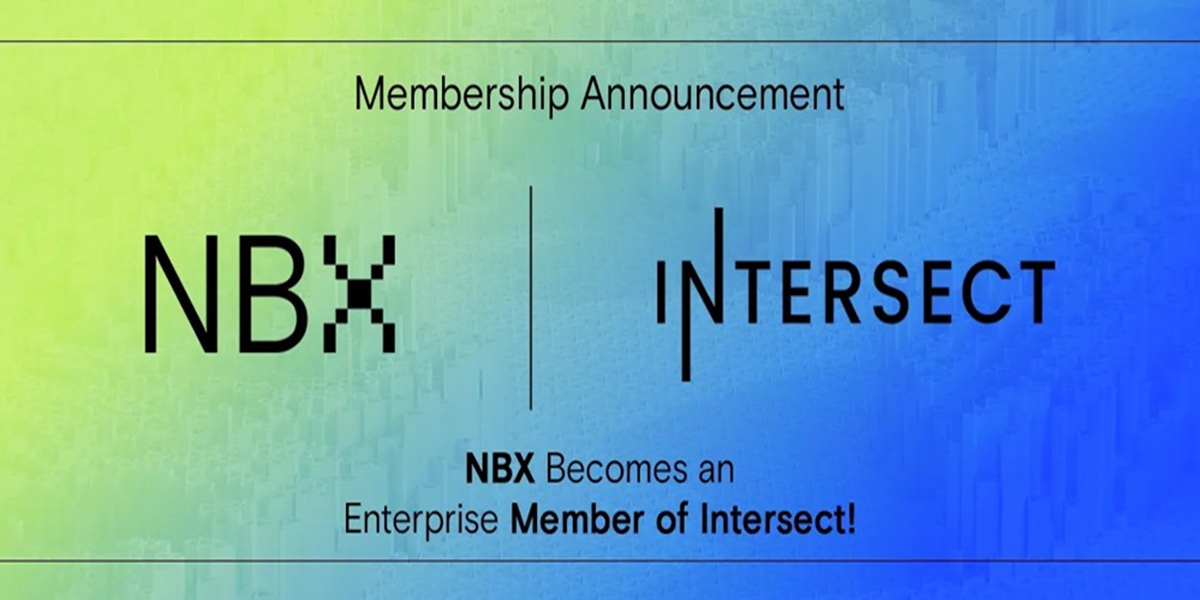After ICOs fell out of the spotlight, Initial Exchange Offerings (IEOs) were one of the first new forms of cryptocurrency-based fundraising to surface. Like an ICO, an IEO is run with a white paper, smart contracts, and one or more cryptocurrency wallets. Unlike an ICO, an IEO occurs on a cryptocurrency exchange instead of on a dedicated website. Therefore all transactions pass through the exchange’s wallets instead of directly to the development team involved.
The most common argument against an IEO is that because an exchange is involved, it isn’t really a decentralized form of fundraising like an ICO. As mentioned above, instead of transactions passing directly from investors to the development team involved, they stop through on an exchange along the way. Consequently, IEOs are often criticized as being rent-seeking vehicles for exchanges to gain further profits.
IEOs improved upon the model of ICOs by offering further insurance for investors. Since an exchange is involved, investors are assured of receiving their future coins as long as the said exchange is compliant with the regulations in its jurisdiction. Therefore, you can think of an IEO as a more trustworthy form of an ICO as long as the exchange that’s hosted it is trustworthy. Still, above all, it’s important to remember that all forms of crypto-based fundraising are early-stage and need a lot of regulatory clarity.
The article does not constitute financial advice.


